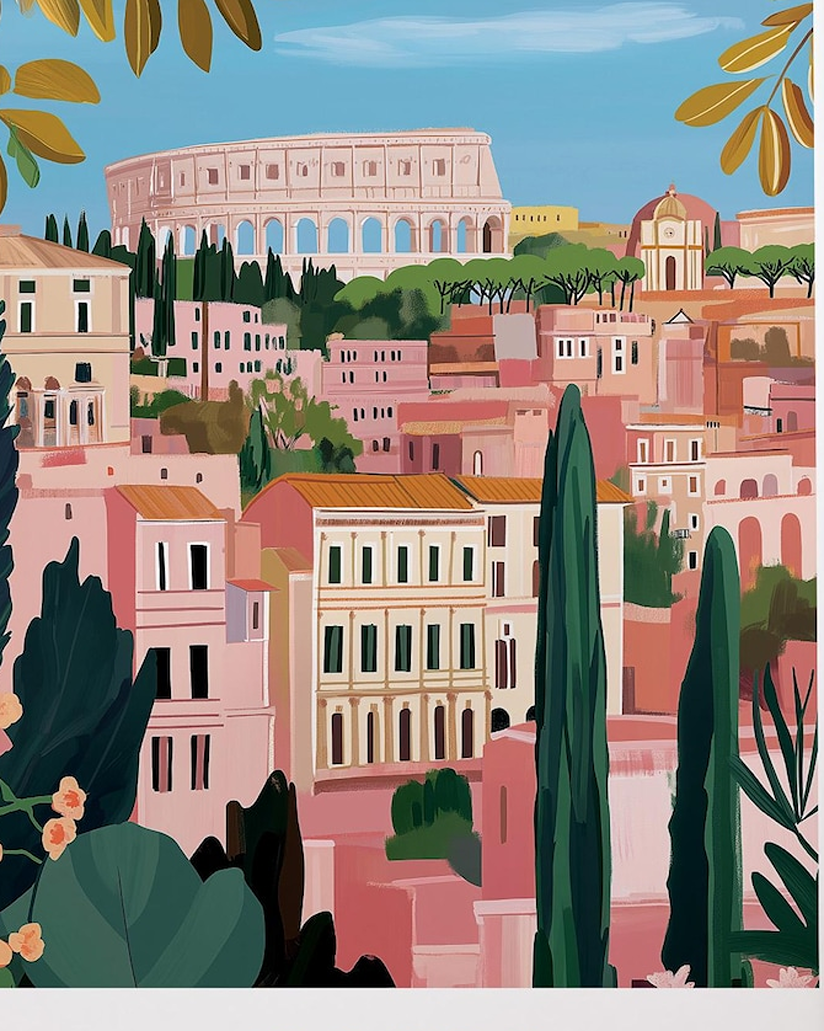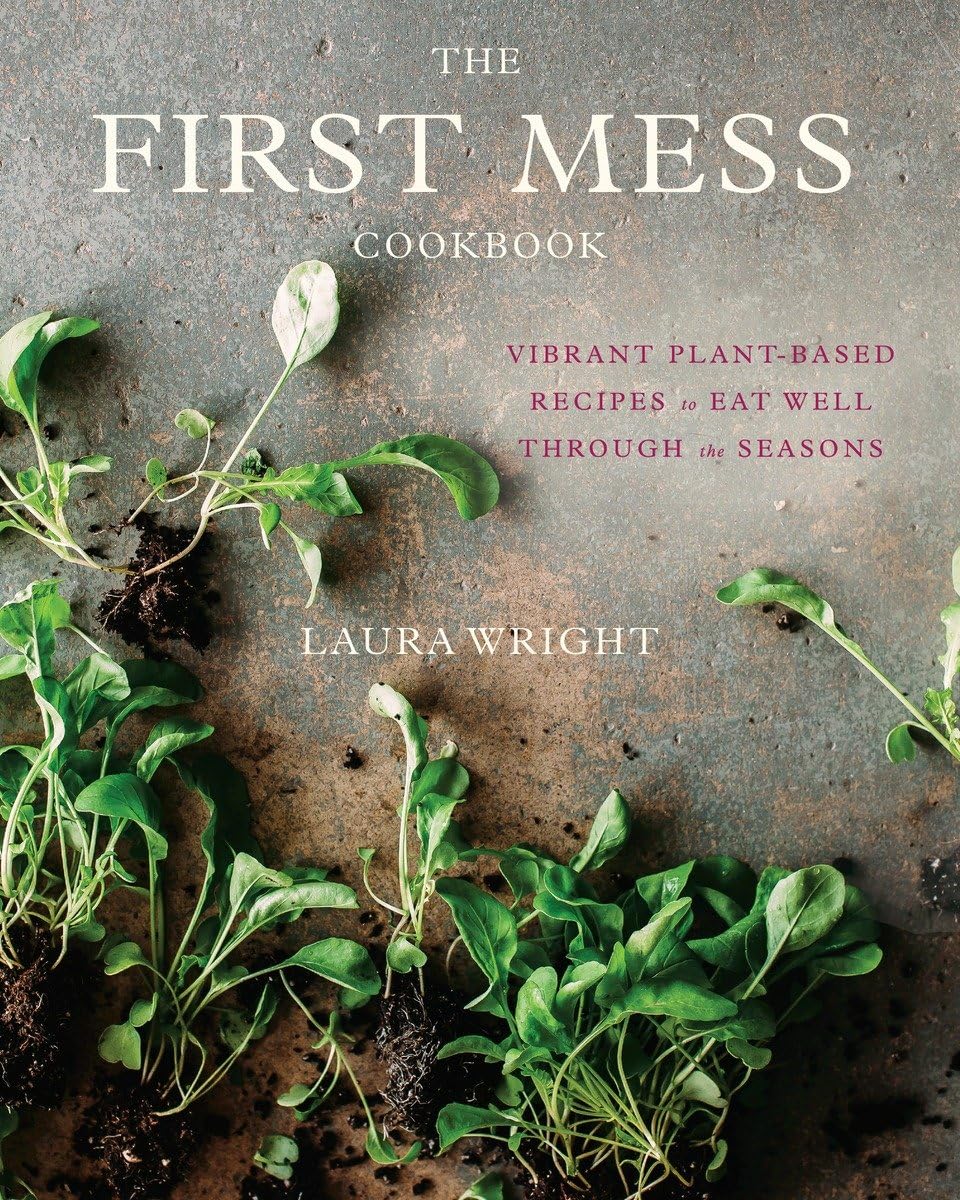How the Slow Food Movement Began in Italy

Although sometimes it’s good to make a meal in 15 minutes, often it’s nicer to spend time savouring a slow meal. The worldwide ‘slow food movement’ was born in Rome, when local Carlo Petrini, was dismayed when a branch of McDonald’s opened up in his favourite piazza, near the Spanish Steps.
He said that the day was when ‘the umbilical cord that once connected the farmer and consumer was cut’.
In Italy, the worldwide co-operative movement (not the same as co-op supermarket!) is strong. Especially in the green city of Bologna. People open shops and restaurants early, close for several hours to have a proper lunch and nap, then open again until around 8pm. Then go home for another proper meal, conversation, a little wine perhaps, and a good night’s sleep.
That’s the opposite of England’s ‘work till you drop’ philosophy, and 9am to 5pm culture. Which makes time for a quick sandwich from Tesco Express, and perhaps a fizzy drink on the run.
As a result, Italians (and French, Greek and Spanish people) all tend to have better physical and mental health. What can we learn from these countries, in order to slow down our food and lifestyle?
Carlo Petrini and the Early Protests

Carlo (who works as a journalist and came from Bra, a small town in Piedmont that borders the Alps near France and Switzerland) wrote about food for a living. He and others began peaceful protests against the invasion of fast food (it’s interesting that in Italy, McDonald’s sell very different food – pizza slices and salads, though this is still done better by locals!)
The national and then international media got involved, asking local people why they were protesting against hamburgers. Petrini replied that this was about choice, dignity and taste. Alas, since then even Vatican City rents out a building to McDonald’s for around 30,000 Euros a month. But there are still protests there, including by some cardinals (one down from the Pope, one up from a bishop!)
The slow movement soon began practical campaigns. Cooking meals from local ingredients, and inviting people to eat them slowly, over good wine from local vineyards. Schools were inviting growers to talk to them about soil and seasons, and where their food came from. Restaurants began to add notes about producers, on their menus.
The Birth of the Slow Food Manifesto

Next (three years after the first McDonald’s landed in the Rome piazza), the Slow Food Association launched with a manifesto presented in Paris. That framed eating as a ‘respect for land and labour’. It called for the protection of biodiversity, support for sustainable farming and the right to enjoy good food.
It also spoke up for sustainable farmers and artisans, and for eaters who wanted to know where their food came from.
Soon groups were being launched worldwide, including in England. If we save heirloom beans, we keep flavours on the plate, and resilience in the field. If we pay a fair price for local food, we protect artisan foods and crafts. If we eat with attention, we connect our tables to the people who sit at them.
Core Principles of Good, Clean, and Fair Food

The movement rests on three simple words.
- Good: Food should taste good, use quality ingredients, and reflect place.
- Clean: Production should respect the environment and animal welfare.
- Fair: Prices should reward producers and be accessible for eaters.






